Philippe de Champaigne trained first in his native Brussels with Jean Bouillon and the portraitist Michel de Bordeau before entering the studio of the landscape painter Jacques Fouquieres in 1620. He followed Fouquieres to Paris in 1621, working in the studio of Georges Lallemant (1580-1636), a painter of the late Fontainebleau school.. Vanité - ou Allégorie de la vie humaine - est un tableau du milieu du XVII e siècle attribué au peintre français Philippe de Champaigne.Cette huile sur panneau de chêne est une posé sur une tablette en pierre calcaire, devant un fond noir, entre un soliflore transparent contenant une tulipe et un sablier tout juste retourné. L'œuvre est conservée au musée de Tessé, au Mans.
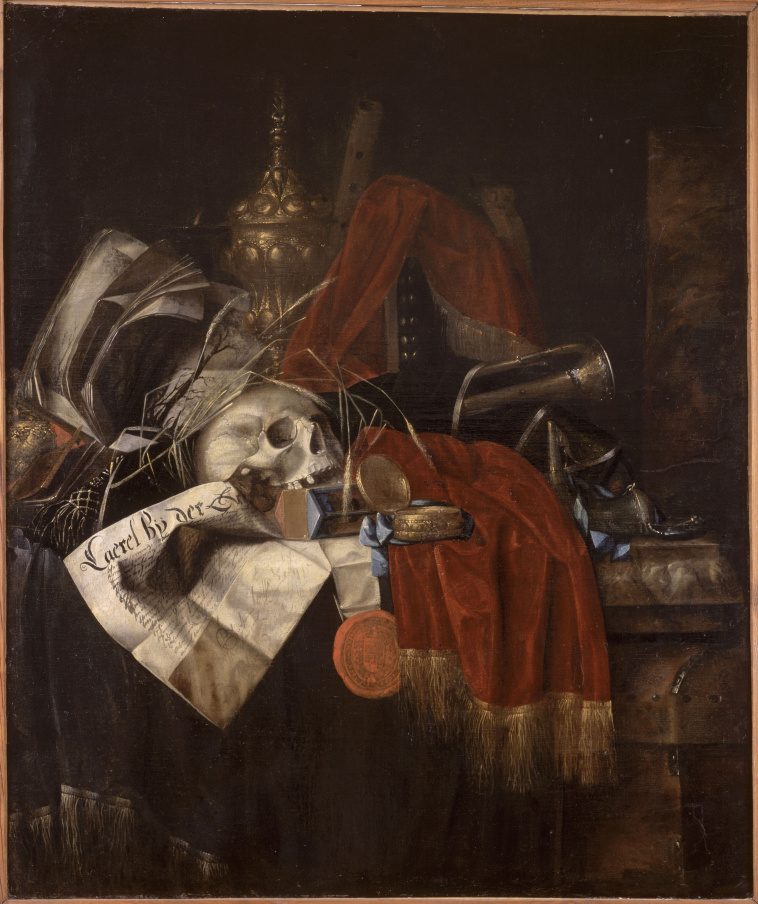
attributed to Philippe de Champaigne Vanité Images d’Art

Großbild Philippe de Champaigne Porträt des Arnauld d'Andilly

Philippe de Champaigne (16021674) "La madeleine pénitente… Flickr
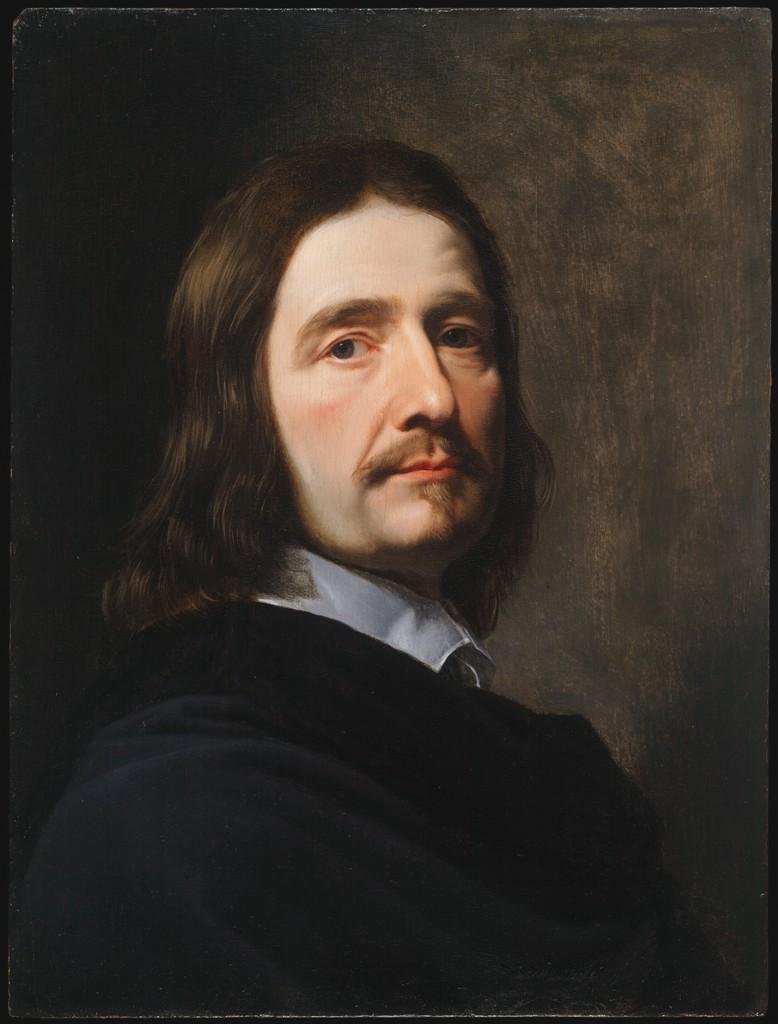
Biographie et œuvre de Philippe de Champaigne (16021674)
Sketchbooks de croquis La vanité de Philippe de Champaigne
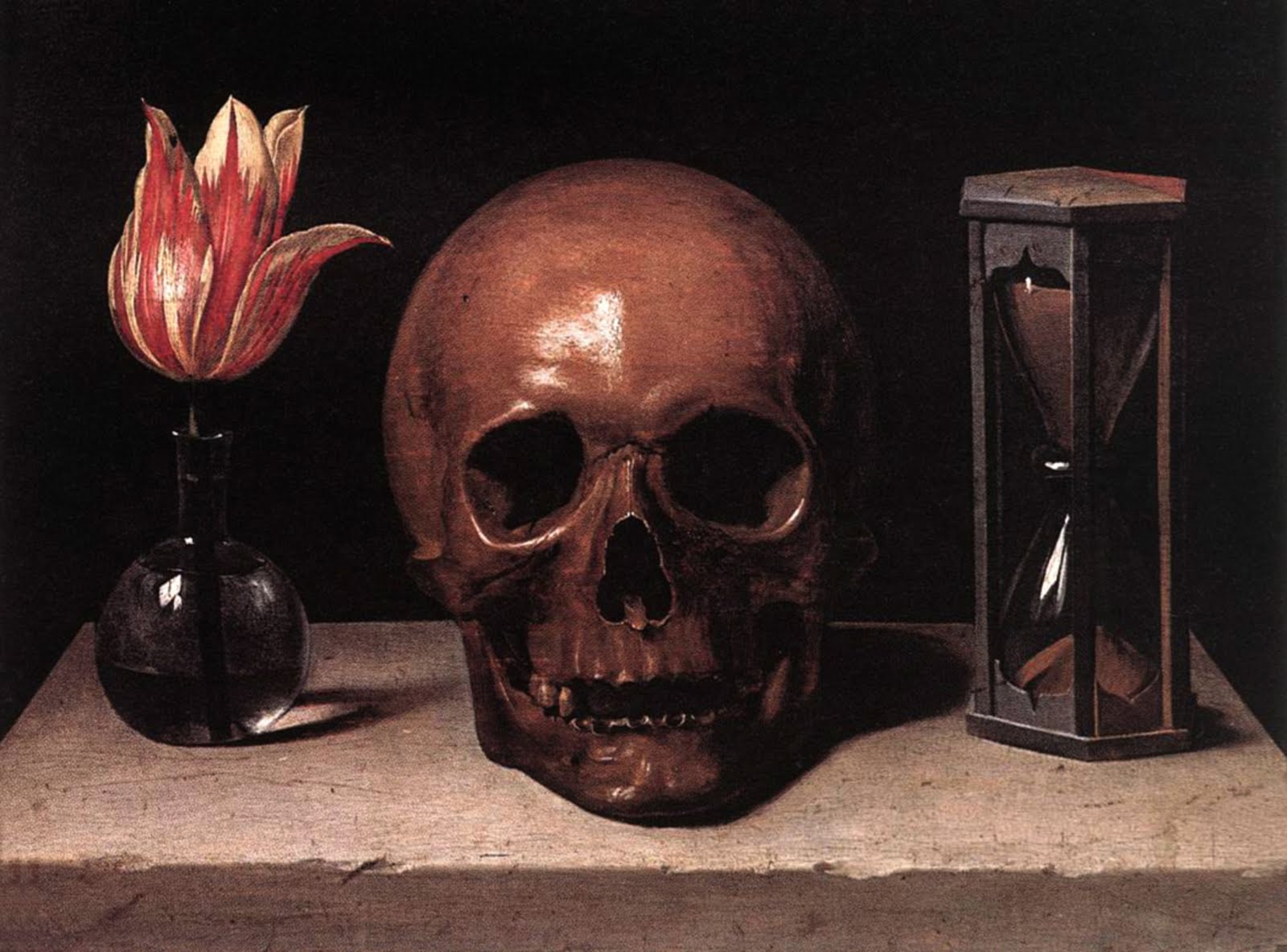
Étant donné Philippe de Champaigne
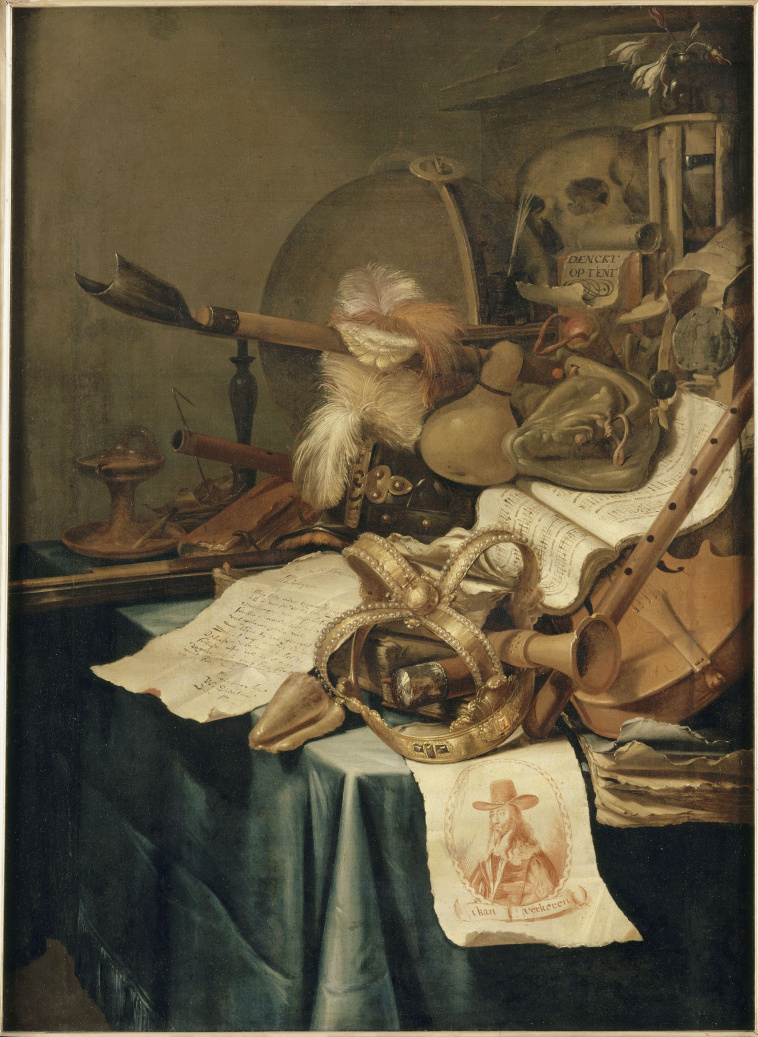
attributed to Philippe de Champaigne Vanité Images d’Art
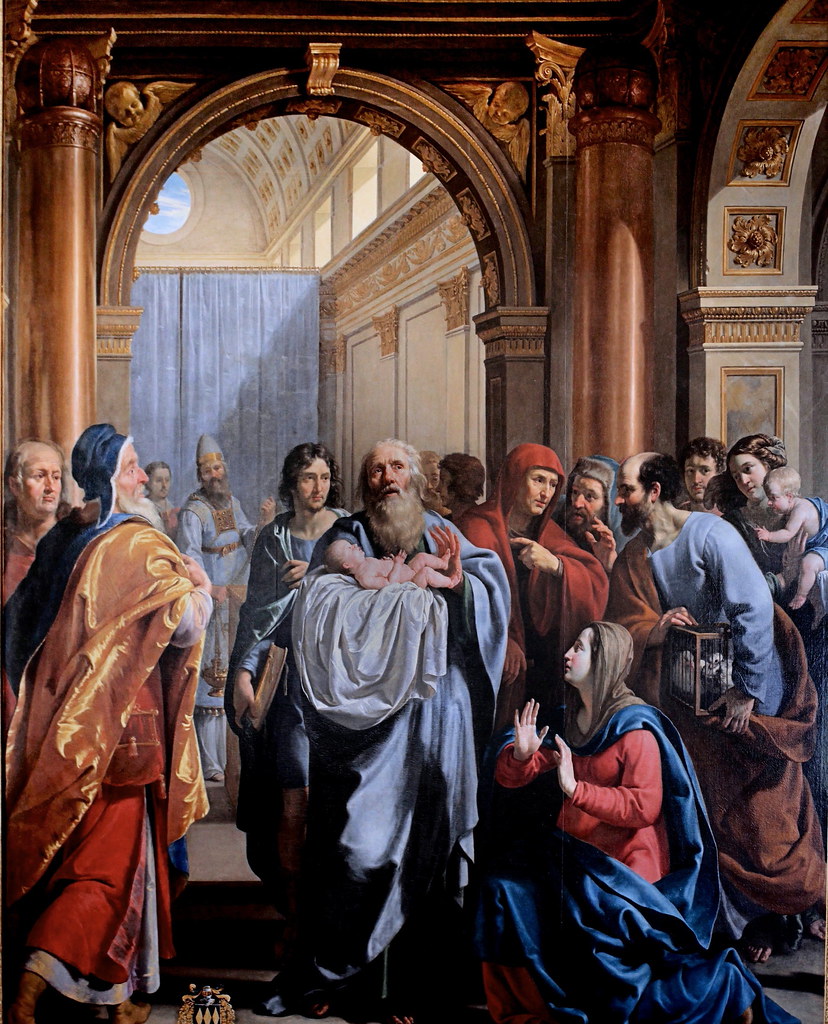
IMG_5593B Philippe de Champaigne. 1602 1674. Paris. Présen… Flickr

Vanity, by Philippe de Champaigne . ; Le Mans, Musée De Tessé . News Photo Getty Images
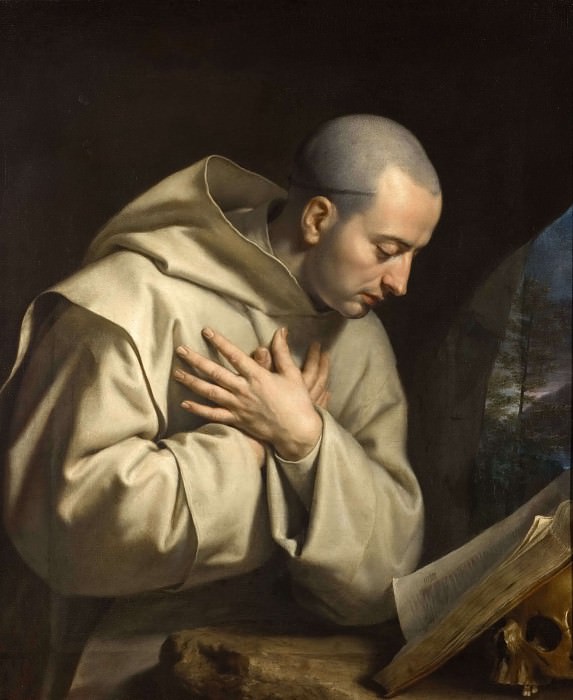
Saint Bruno — Philippe De Champaigne

Home / Twitter Renaissance Kunst, Renaissance Paintings, Vanitas, Zurich, Death Symbols, Memento
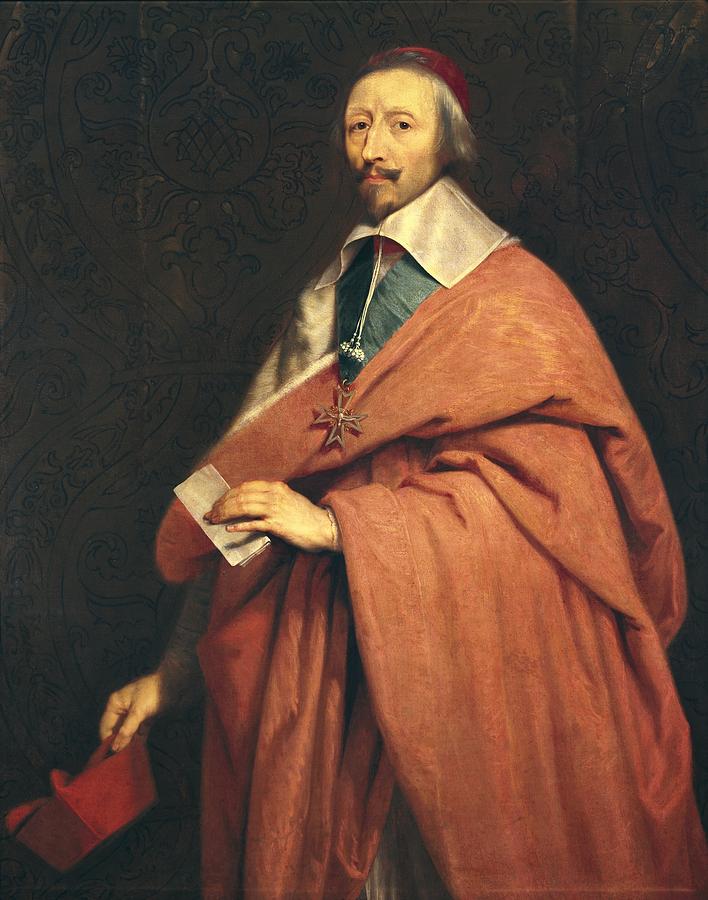
Champaigne, Philippe De 16021674 Photograph by Everett Fine Art America
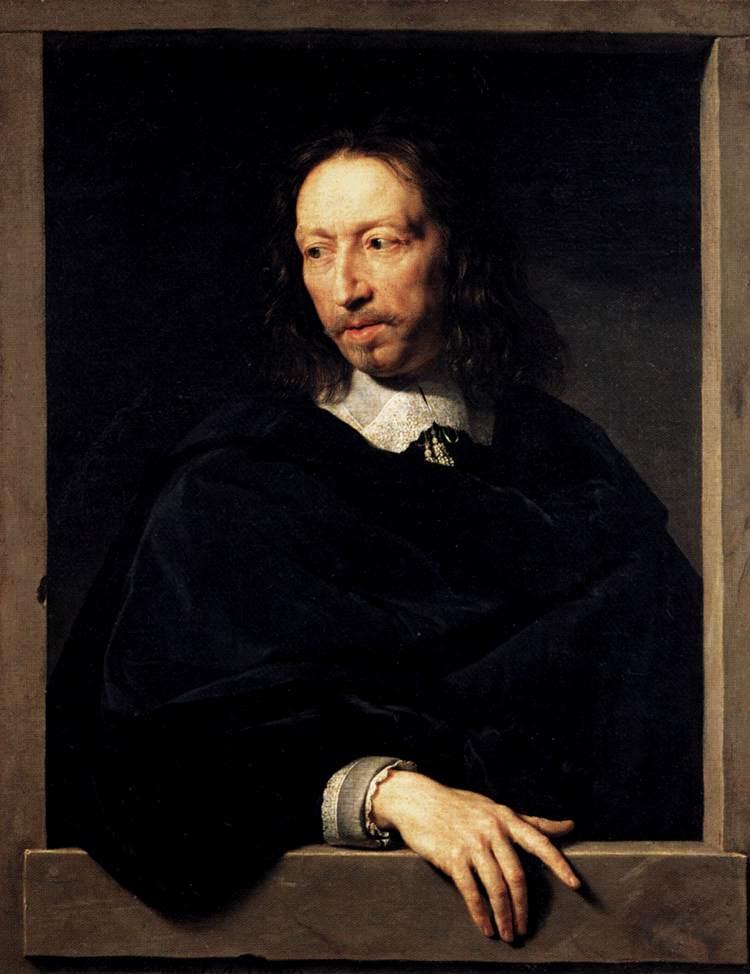
Biographie et œuvre de Philippe de Champaigne (16021674)
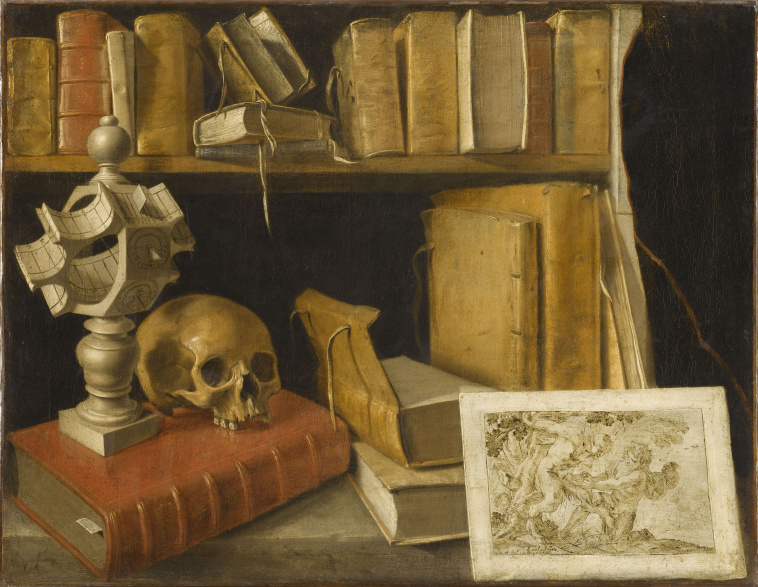
attributed to Philippe de Champaigne Vanité Images d’Art
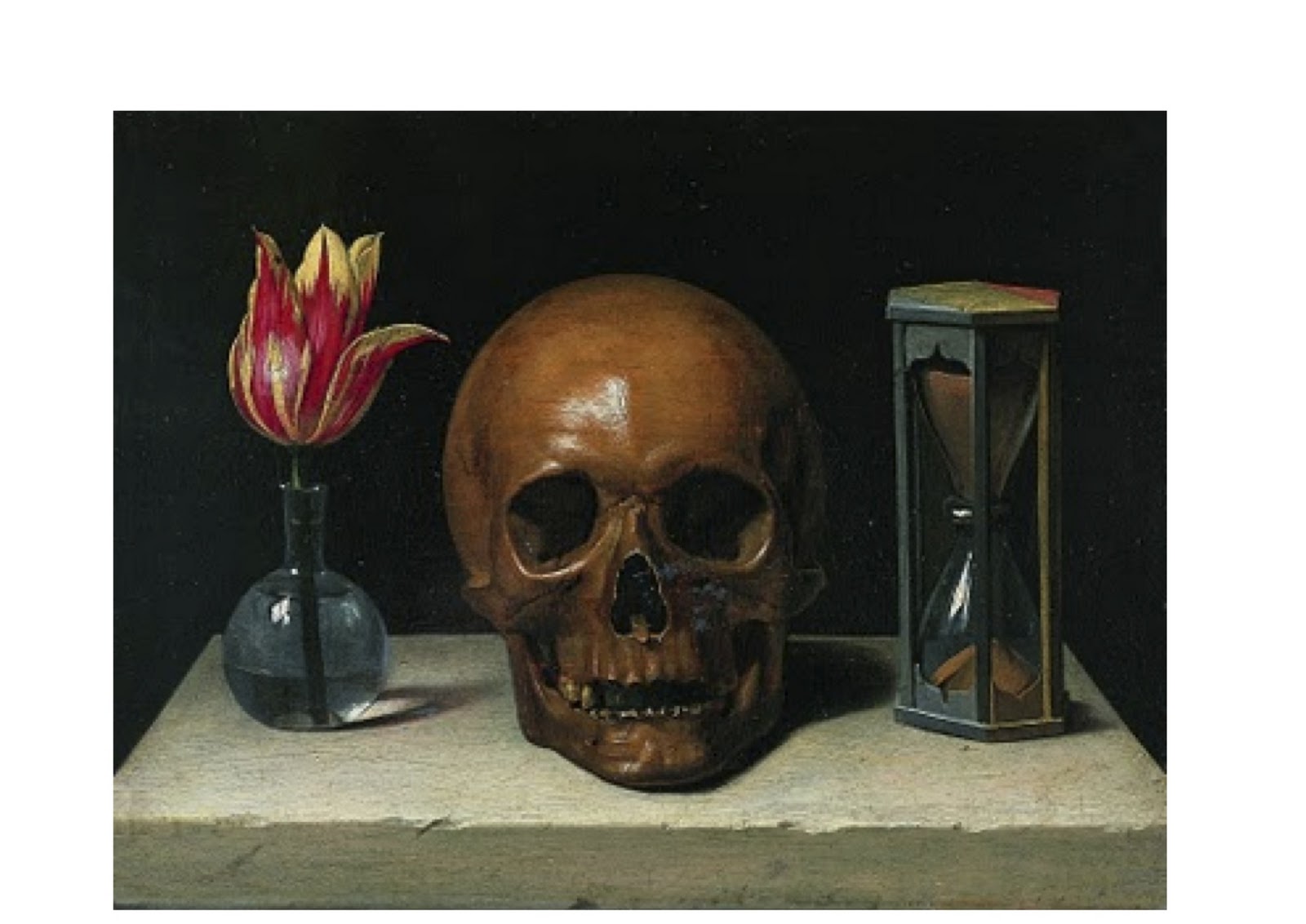
comptart Les élèves de comptabilité visitent la rétrospective JeanMichel Basquiat
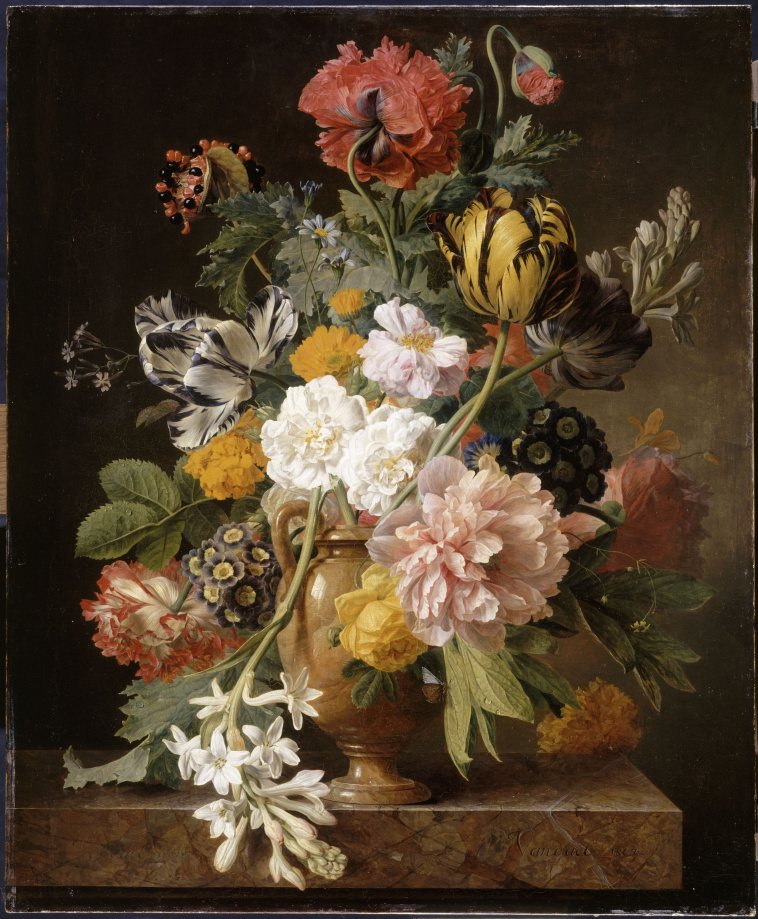
attributed to Philippe de Champaigne Vanité Images d’Art
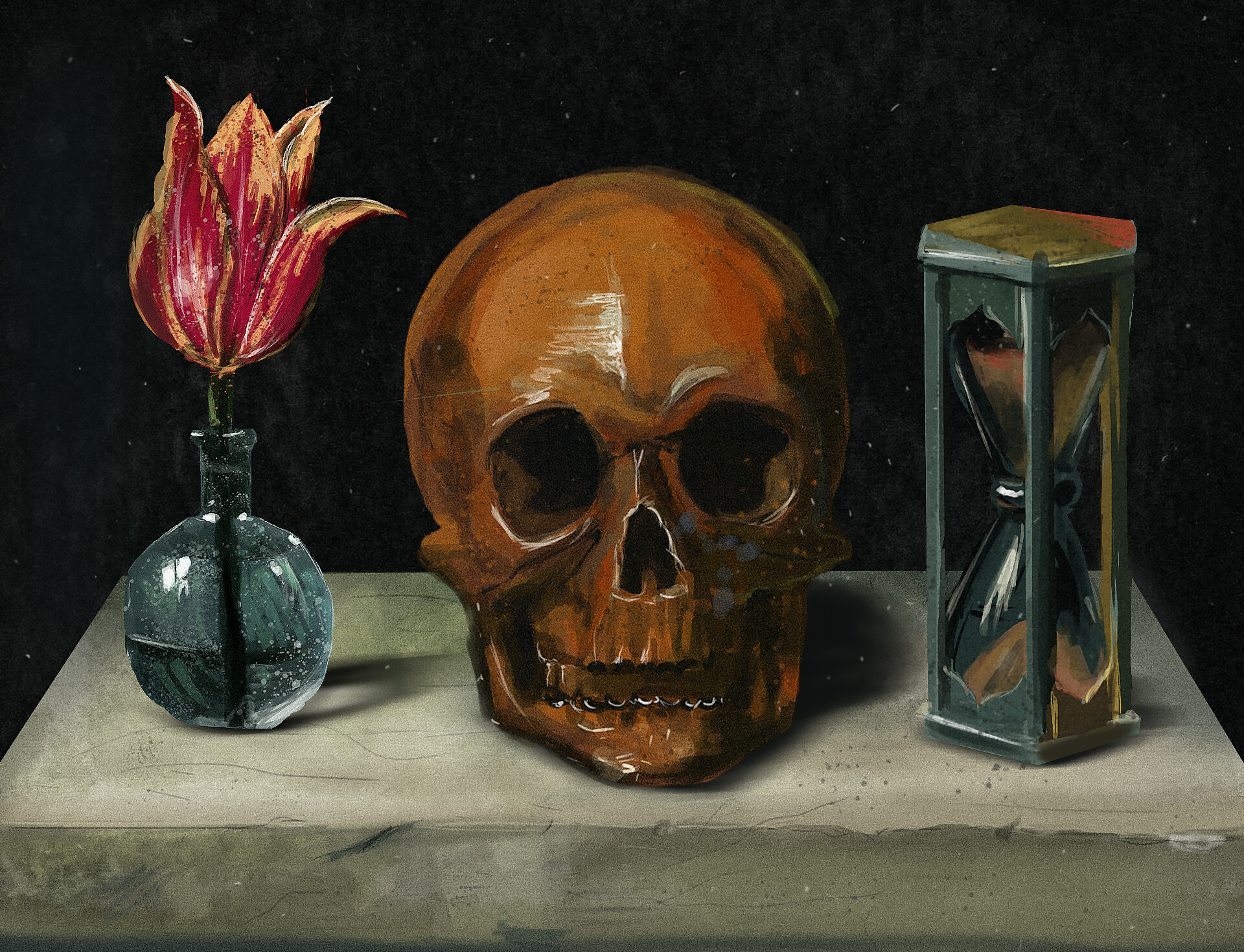
ArtStation La Vanité
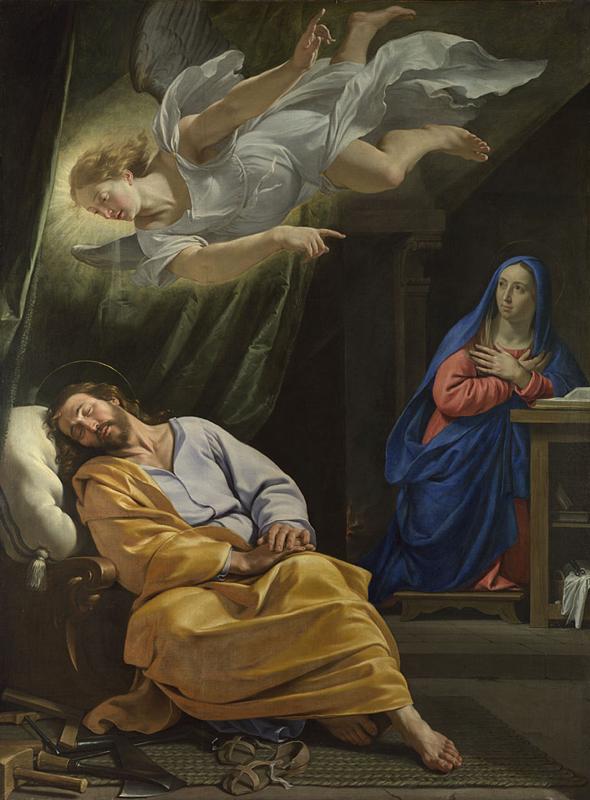
Biographie et œuvre de Philippe de Champaigne (16021674)
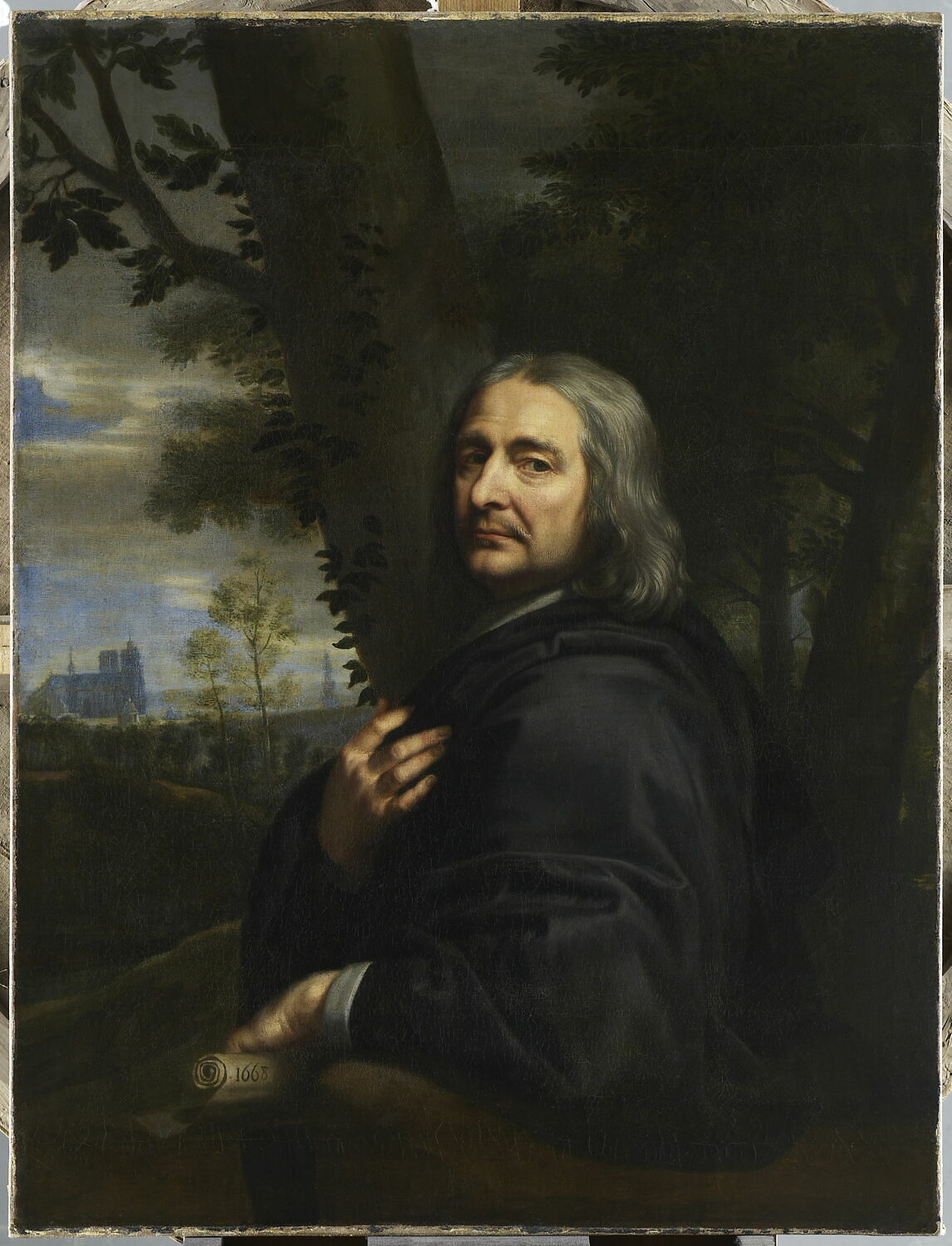
Philippe de Champaigne (16021674), peintre, oncle de l'artiste Louvre Collections
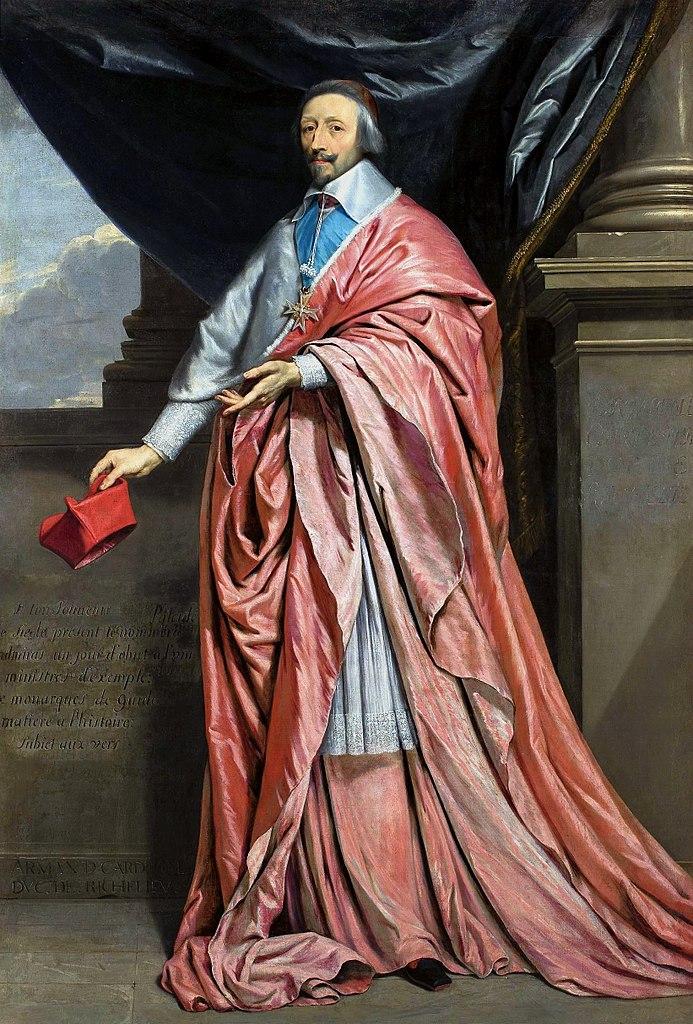
Biographie et œuvre de Philippe de Champaigne (16021674)
Philippe de Champaigne (1602-1674) (bapt. Brussels, 26 May 1602; d Paris, 12 Aug. 1674). Flemish-born painter who settled in Paris in 1621 and became a French citizen in 1629. His training in Brussels was mainly as a landscape painter, but almost all his work consists of religious pictures or portraits (his few landscapes serve as settings.. Philippe de Champaigne (born May 26, 1602, Brussels, Spanish Netherlands [now in Belgium]—died August 12, 1674, Paris, France) was a Flemish-born Baroque painter and teacher of the French school who is noted for his restrained and penetrating portraits and his religious paintings. Champaigne was trained in Brussels by Jacques Fouquier and.